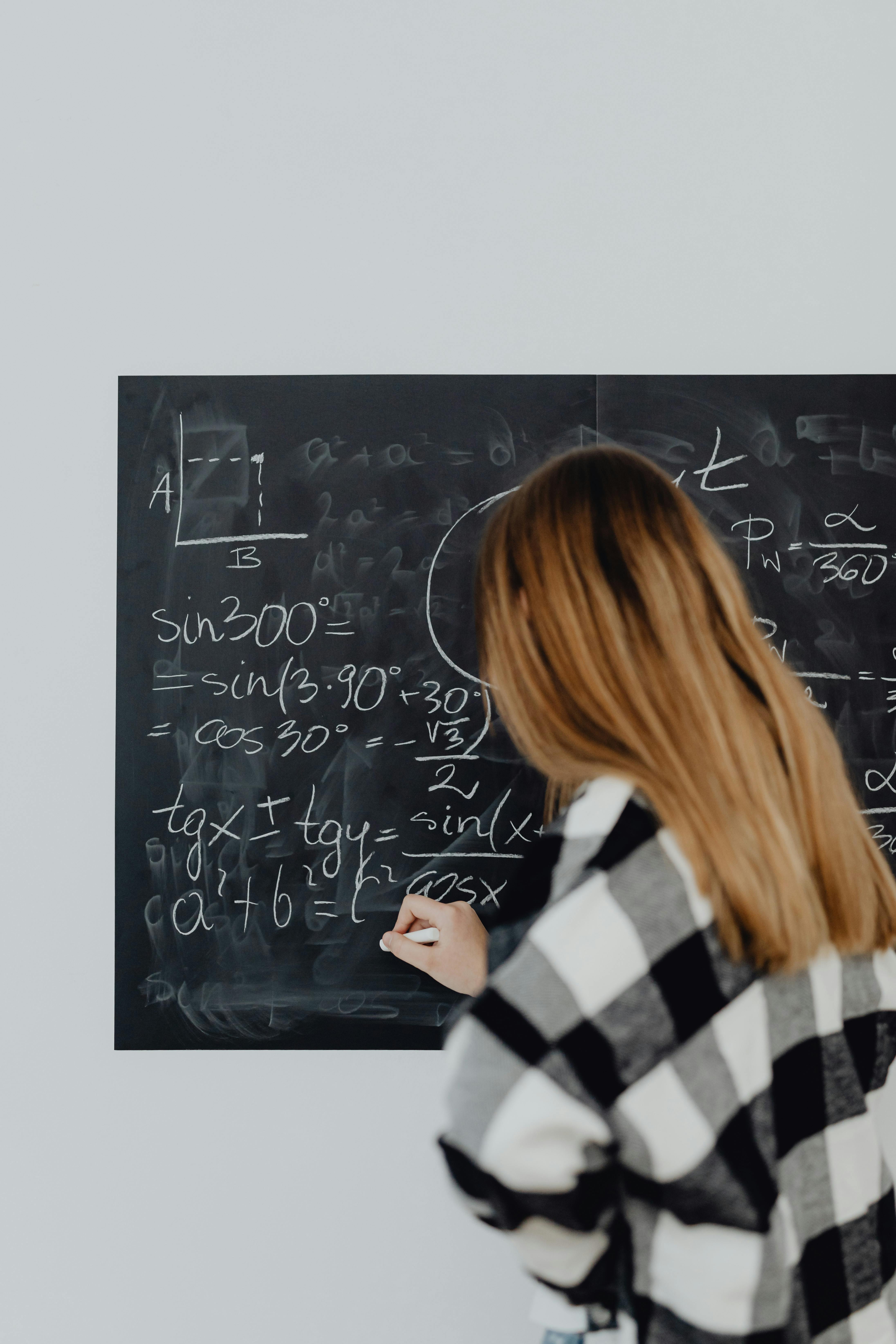Ireena is extending a sequence of numbers with the following rule. The next term in the sequence is the smallest non-negative integer that is different from each of the four preceding terms. She then repeats this process over and over again. For instance, if Ireena was to start with the sequence 7, 3, 1, 8 then the fifth and sixth terms of the sequence would be 0 and 2 respectively. Ireena starts with the sequence 2, 0, 2, 3. What is the 2023rd number in this sequence?
A 0 B 1 C 2 D 3 E 4
C
We easily find successive numbers: 2, 0, 2, 3, 1, 4, 0, 2, 3, 1, 4, 0, 2, 3, 1, 4, . . . . We note that, after the first term, the sequence consists of a cycle of 5 numbers (0, 2, 3, 1, 4) that then repeats. The number we seek is the 2023rd term in the original sequence which is the 2022nd number in the repetition of the cycle. This will be the same as the second number in the cycle, namely 2.

This course guides you through the fundamentals of Python programming using an interactive Python library known as Turtle.

This course encompasses a range of Geometry topics such as coordinate and spatial geometry, introductory trigonometry, angles, parallel lines, congruent and similar triangles, polygons, circles, the Pythagorean Theorem, and more. Emphasis will be placed on reinforcing Algebra skills and enhancing critical thinking through problem-solving in both mathematical and real-world contexts.

Ask about our courses and offerings, and we will help you choose what works best for you.